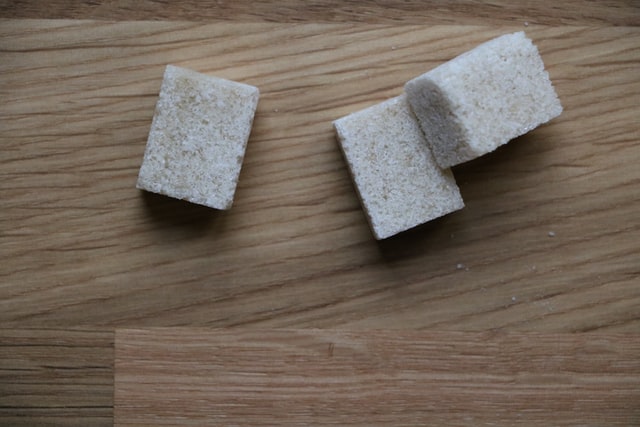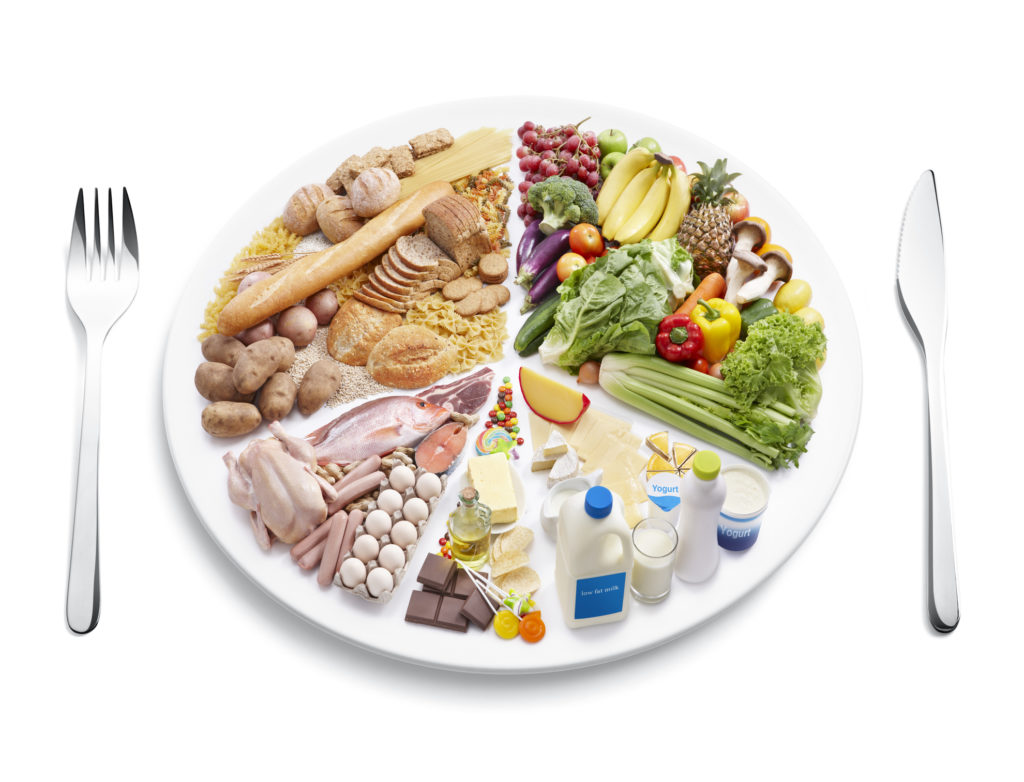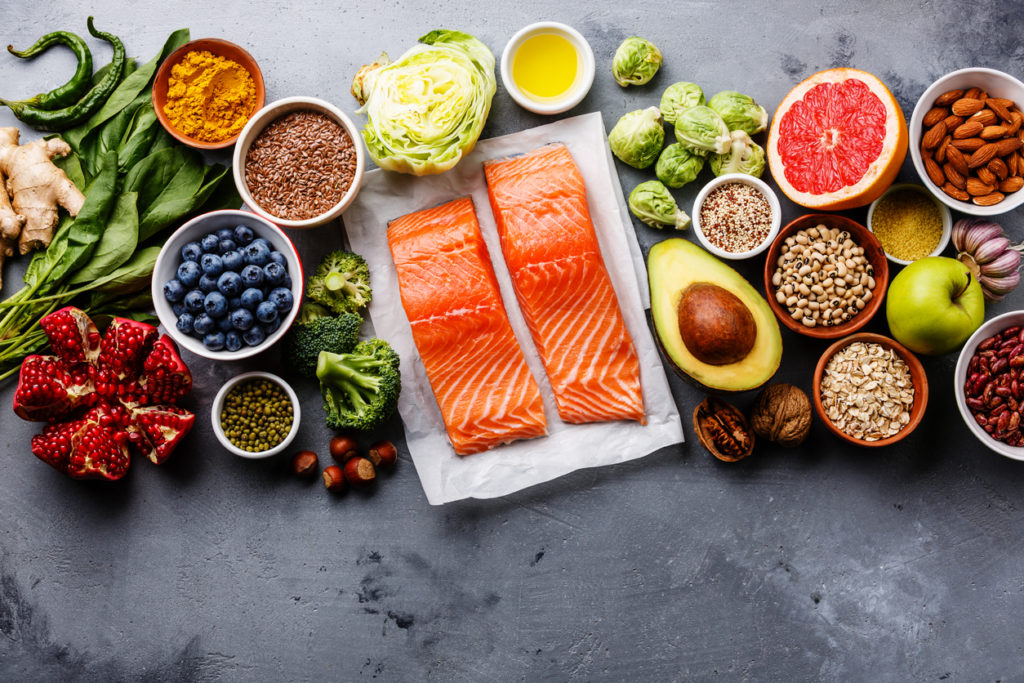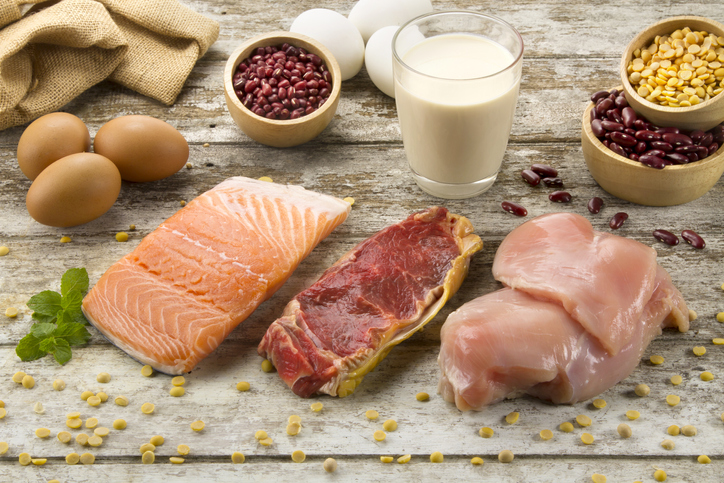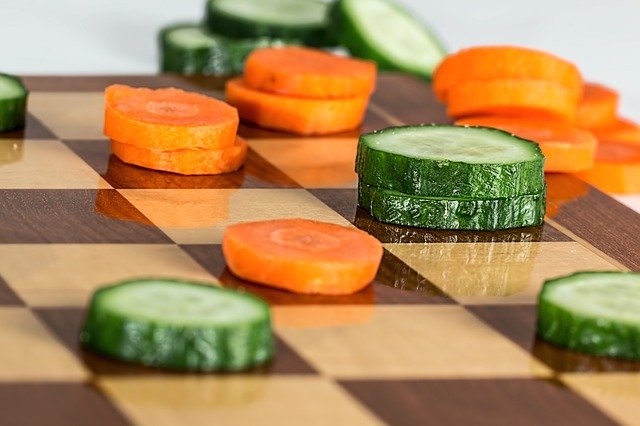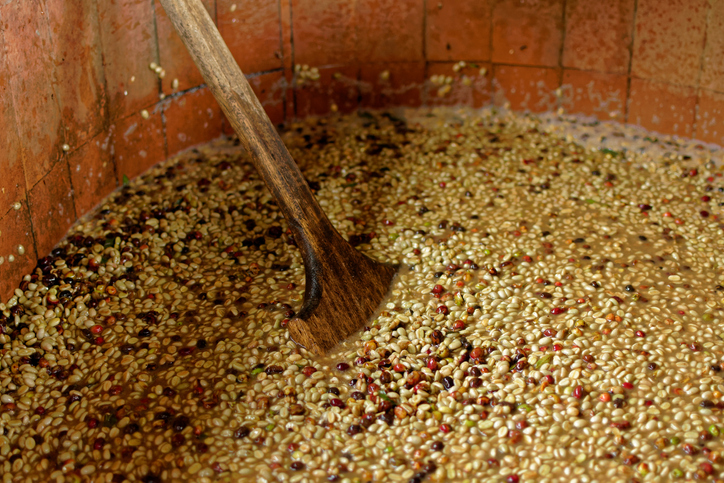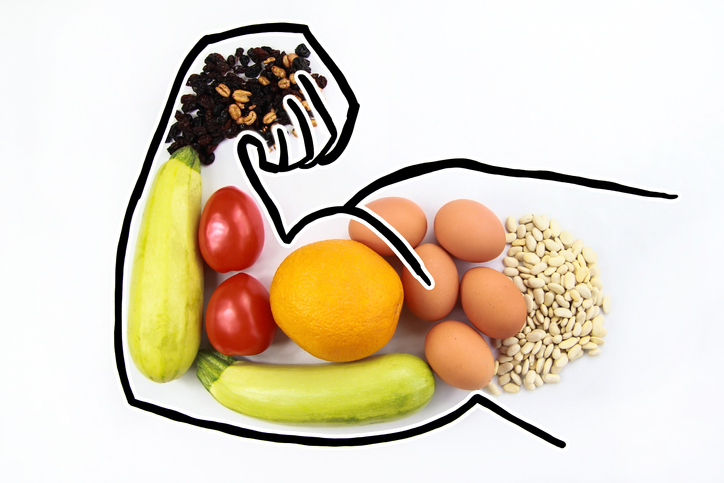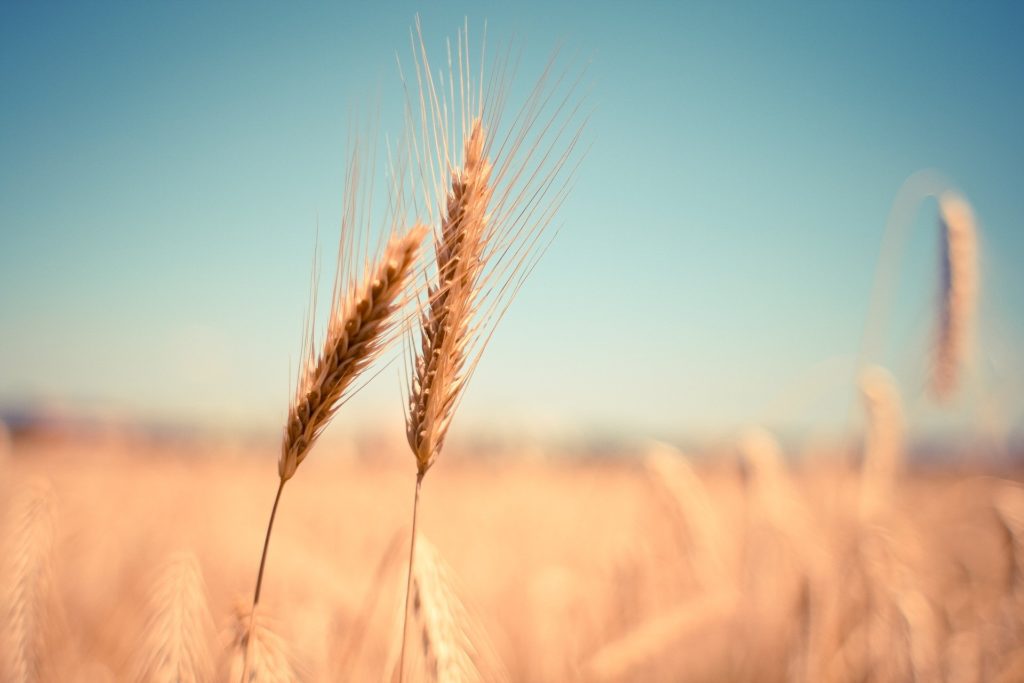Today "sugar", globally carbohydrates (all sugars), tends to be "demonised". It is easily blamed for "modern obesity", as it is present in many food or rather food products. It is true that the excess consumption of sugar, is a bit the "evil of the century".
However, it is essential to the functioning of our body. However, it is necessary to relearn, or even learn some basic notions and to make some adjustments to its consumption.
DEFINITION OF SUGAR
Carbohydrates are all sugars that have an energy role. Stored as glycogen in our body, they constitute an energy reserve, which can be used during glycolysis (the breakdown of glucose), by forming ATP molecules.
Sugars (or carbohydrates) are identified in two categories:
Simple sugars are rapidly absorbed and have a high glycaemic index.
Complex sugars are slowly absorbed, with a low glycemic index.
Simple sugars are absorbed quickly due to the composition of their molecules, which are simple and small, unlike complex sugars, which are huge molecules and therefore take longer to be absorbed.
Simple sugars are for example:
> Sucrose (glucose + fructose >> from sugar cane, sugar beet, it is our table sugar)
> Lactose (glucose + galactose >> from milk, present in dairy products, . . . )
> Fructose (>> from fruits)
The best known complex sugar
> Starch (chains of D-Glucose molecules >> in cereals, legumes, . . . )
Nutritional value, carbohydrate 4Kcal / gram
Received Idea
Sugar makes you fat! Yes and No
NO > Sugar is essential to the functioning of our body, just like proteins and lipids. It is stored in the form of glycogen, mainly in the liver, which is used according to the body's energy needs.
YES > If sugar is consumed in excess of our needs, it is not eliminated by our body like mineral salts are. Our body will store this surplus in the form of fat, mainly triglycerides, which leads to weight gain.
DURING A DIET
> It is better to choose foods with a low glycemic index*
Why? In order to avoid too much sugar in the blood, which favours the release of insulin by the body, a hormone that can trigger weight gain. By eating foods with a low glycaemic index, the body learns to use fat as an energy source.
* Rate of impact of a food on blood glucose levels.
THE "FALSE" SUGARS
Without getting into the "fake sugars" controversy, good or bad, this is a list of the most commonly used "fake sugars". Fake sugars owe their "calorie-free" effect to their high sweetening power. Therefore, it is a question of ratio, the quantity necessary for a sweet effect is less compared to sugar.
THE MOST COMMON 'FAKE SUGARS'
- The oldest is Saccharin (artificial sweetener - sweetness 300-500) often combined with other sweeteners because of its metallic aftertaste. It provides no calories and is eliminated from the body through the digestive system without entering the bloodstream.
- Aspartame (artificial sweetener - sweetness 200) is a dipeptide composed of two naturally occurring amino acids, L-aspartic acid and L-phenylalanine, it is absorbed and broken down by the body as a protein. One gram of aspartame contains 4 calories. But because aspartame is about 200 times sweeter than the corresponding amount of sugar, these calories do not enter the balance. Aspartame is therefore virtually calorie-free.
- Sucralose (artificial sweetener - sweetness 500-600). Sucralose is mainly used as a food additive.
- Polyols (artificial sweetener - sweetness 0. 5-1), including Xylitol and Sorbitol, are present in many sweets. Polyols are not among the most intense sweeteners in terms of sweetness but they occupy the same volume as sugar in a food. Consumed in large quantities they can cause flatulence and stomach upset.
- Stevia (Rebadiana). Stevia (natural sweetener - 250-450 sweetness) is a plant whose leaves have a sweet taste. Unlike other "fake sugars" it is said to have the property of not increasing blood sugar levels and even lowering blood sugar levels.
OUR REAL NEEDS
To build health and maintain vitality, to better control your weight and to enjoy the pleasures of a varied diet, it is advisable to consume on average every day:
- Approximately 50% carbohydrates (10-15% fast sugars and 35-40% complex sugars) found in cereals, starchy foods, fruit, vegetables, milk, sugar and sweet products.
- Approximately 15% protein found in meat, fish, eggs. . .
- Approximately 35% fat found in butter, vegetable oils. . .
These proportions vary according to the sport practiced (Bodybuilding, Endurance, . . . )
In practical terms, to get your "dose" of sugars. . .
Women: CALORIES PER DAY :
LOW ACTIVITY (less than 30 min of activity / day) 1800 Kcal of which about 900 Kcal are carbohydrates
MODERATE ACTIVITY (30 min activity / day) 2000 Kcal of which approx. 1000 Kcal is carbohydrate
HIGH ACTIVITY (more than 1 hour of activity / day) 2400 to 2800 Kcal of which approx. 1200 to 1400 Kcal is carbohydrate
Men: CALORIES PER DAY
LOW ACTIVITY (less than 30 min activity / day) 2100 Kcal of which approx. 1256 Kcal is carbohydrate
MODERATE ACTIVITY (30 min activity / day) 2500 to 2700 Kcal of which approx. 1250 to 1350 Kcal are carbohydrates
HIGH ACTIVITY (more than 1 hour of activity / day) 3000 to 3500 Kcal of which approx. 1500 to 1750 Kcal are carbohydrates

